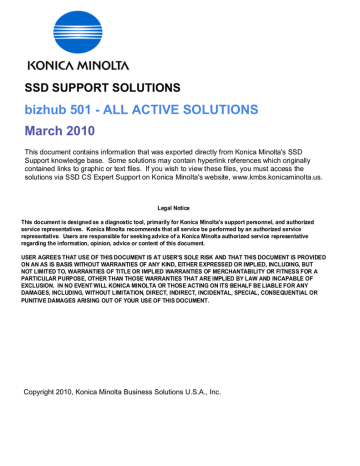
Other factor which influenced the EM absorption is the positioning of the mobile phone or the phantom itself. SAR of mobile phone absorbed by humans is very dependent on the mobile network carrier, characteristics of mobile phone and antenna, antenna positioning, and the radiated power from the mobile phone. According to this standard, the limit of SAR is 1.6 W/kg over 1 g of body tissue. Other countries such as Canada, South Korea, Bolivia and Taiwan followed the standard regulated by FCC.

Several countries abide by this regulation are Australia, Japan, New Zealand and Brazil. According to the ICNIRP standard, the safe SAR limit is 2 W/kg for 10 g of body tissue. These standards regulated by world authoritative bodies include International Commission on Non-Ionizing Radiation Protection, ICNIRP and Federal Communications Commission, FCC. Ī particular safe limit of SAR is chosen so that the maximum EM radiation exposure could be sustained without introducing biological changes onto the human health. SAR values show the radiated power from mobile phone absorbed by the human over a particular volume of body tissue corresponding to 1g or 10 g of body tissues, and it is measured in watt per kilogram (W/kg). This EM absorption by human is measured in terms of specific absorption rate, SAR. Continuous researches had done to investigate the effect of electromagnetic (EM) radiation from mobile phone on human health. Worldwide mobile subscribers increased significantly as the awareness of radiation effects of mobile phone towards human health widely spread across the globe. This technology had been introduced as early as in the twenty first century and has been evolving since.

The application of mobile phone had extended to the worldwide community. Measurement devices (pressure, temperature, flow, voltage, frequency etc.), precision engineering, medical devices, instrumentation for education (devices and software), sensor technology, mechatronics and robotics. Solid-state physics, radio engineering, telecommunications, control systems, signal processing, power electronics, electronic devices and circuits and automation. Operations research, systems engineering, management science, complex systems and cybernetics applications and information technologies Electronic Engineering
#Ecopy paperworks 2009 edition software
Computer ScienceĬomputer graphics and visualization, programming, human-computer interaction, neural networks, image processing and software engineering. JART classifies research into the following main fields: Material Scienceīiomaterials, carbon, ceramics, composite, metals, polymers, thin films, functional materials and semiconductors. The journal does not charge for submission, processing, publication of manuscripts or for color reproduction of photographs. JART publishes manuscripts describing original research, with significant results based on experimental, theoretical and numerical work. The Journal of Applied Research and Technology (JART) is a bimonthly open access journal that publishes papers on innovative applications, development of new technologies and efficient solutions in engineering, computing and scientific research.


 0 kommentar(er)
0 kommentar(er)
